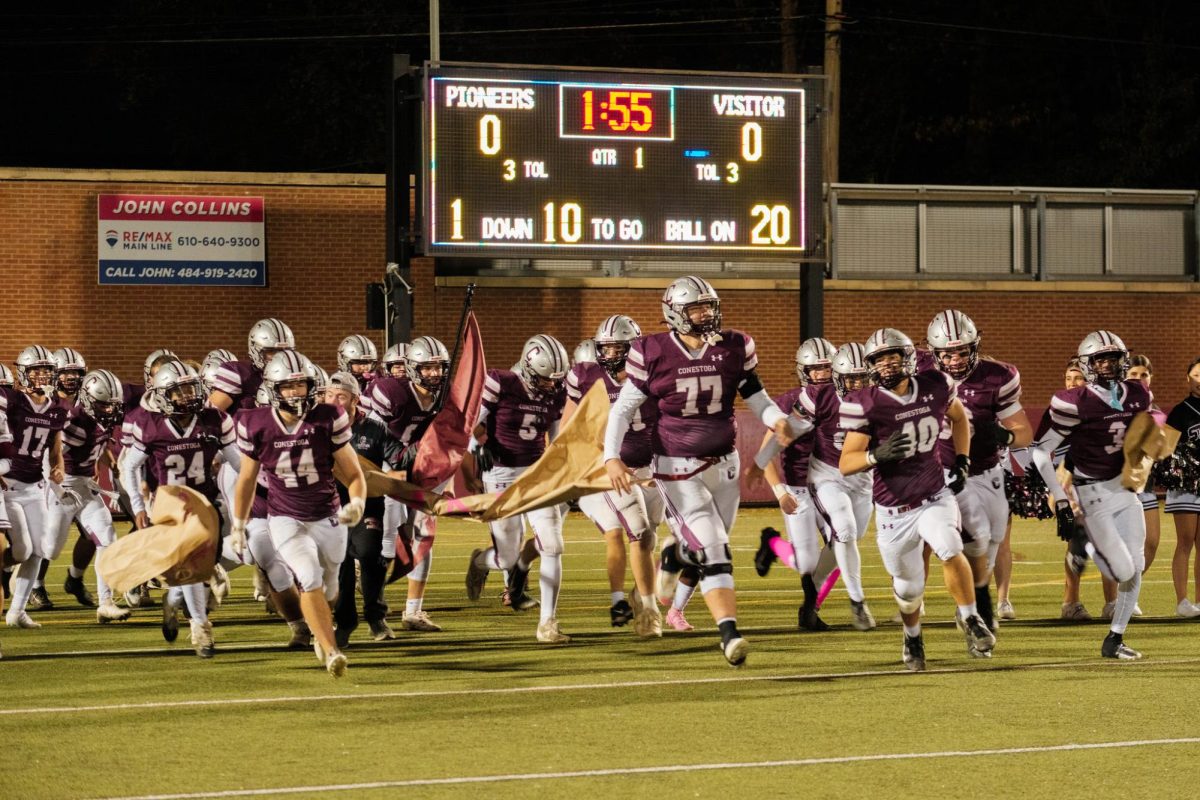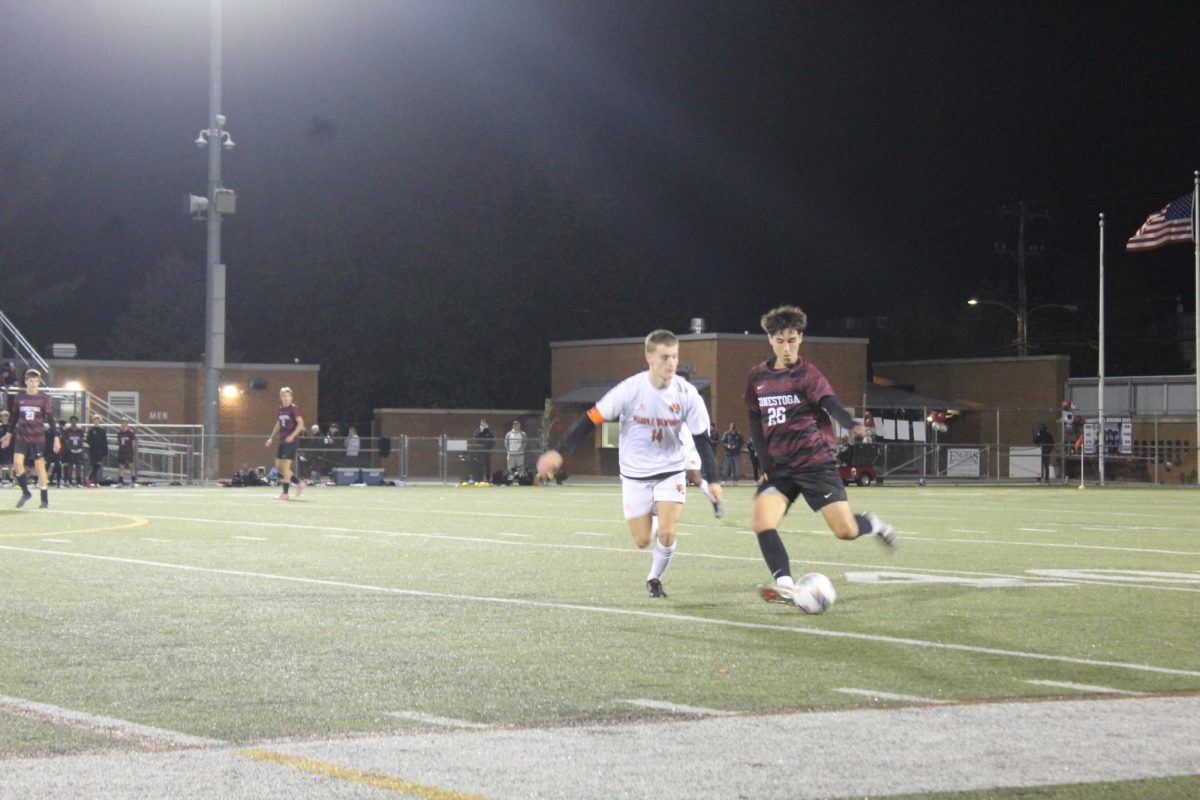By Mareska Chettiar, Photography Editor
America’s public transportation system has been failing, especially outside of highly populated areas. In the suburbs of Philadelphia, it is nearly impossible to get anywhere without a car, whether it be the grocery store, the gym or a restaurant.
According to a 2017 Sage Journals article, attendance can be an issue for students who rely on cars as their main source of transportation. Researchers also state that every one minute increase in commute time creates a 1.3 minute decrease in sleep, showing how longer commute times impact a student’s overall health.
Leaving school after hours is increasingly difficult without a car or someone to provide a ride. For example, Chesterbrook has no local train station, making a car the easiest option to get there. Other student hotspots, like the Upper Main Line YMCA, the various libraries in the district or smaller town squares, have no bus stops close by. Conestoga itself has no public bus stops close by — the nearest being on Lancaster Avenue which is about a 20-minute walk.
Having a widespread network of public transit brings numerous advantages to the community: more general accessibility, increased independence, decreased reliance on cars, reduced general carbon emissions with less traffic and decreased travel times. Despite this, in September 2023, the Pennsylvania House Transportation Committee vetoed an initiative to increase funding for the Southeastern Pennsylvania Transportation Authority (SEPTA).
SEPTA, an entity that provides both bus and train services in the area, has been operating at a loss. It expects to run out of funds in April without the $190 million increase to support transportation in the 2024 state budget. In response, SEPTA may increase the transportation fare or employ service cuts if it does not find other sources of funding, according to the Philadelphia Inquirer.
Transportation budget cuts mean fewer trains and buses and longer waits if you miss your transit. With the transportation system already in bad shape, SEPTA’s potential service cuts could affect people who use its services to go to work or for general travel.
In addition to the lack of public transportation, there is also little understanding of the current system. A survey by PennDOT in 2019 revealed that only 19% of people in Pennsylvania regularly use public transit. Encouraging the use of these vehicles locally will provide a natural push for better services and an increased budget while also being better for the environment. If more people started taking the train to Philadelphia instead of driving there, the rise in train usage would encourage increased investment in improving transportation.
While there have been general attempts to decrease traffic on the roads, such as adding more lanes to busy roads and highways, they do not address the root cause of the problem: There is not enough public transport. To combat the issue, we can call our representatives and ask for a bigger transportation budget or a better transportation system with more bus stops and better accessibility.
Even though cars seem like the easier, more accessible option, changes to the current public transportation system can lead to trains and buses replacing them as the first choice simply because of availability and decreased travel time. It’s time we started advocating for public transport.
Mareska Chettiar can be reached at [email protected].






















































































